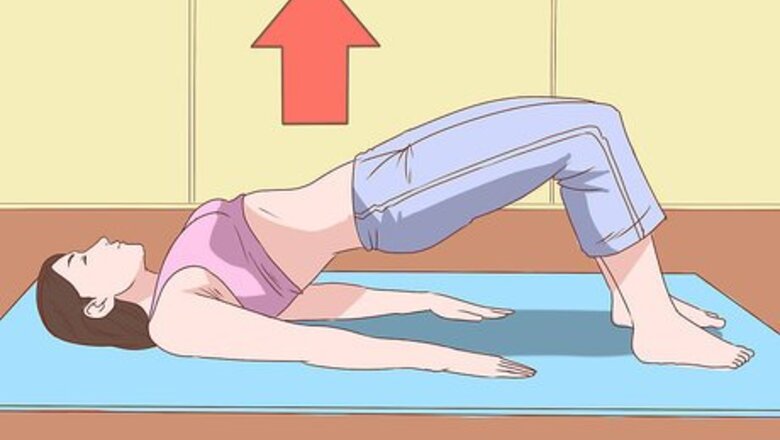
views
Performing Kegel Exercises to Strengthen Pelvic Muscles
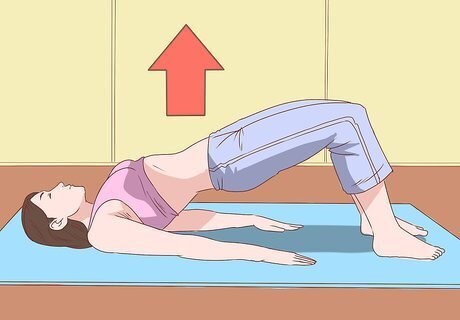
Recognize the benefits of Kegel exercises. Kegel exercises are a way to strengthen your pelvic floor muscles that may be weak from pregnancy, childbirth, surgery, aging, or being overweight. Anyone can do these discreet exercises at any time of day and they may help with urinary and fecal incontinence. The pelvic floor muscles support the uterus, bladder, small intestine, and rectum. Kegels work by forcing you to relax and contract your pelvic floor muscles. Kegels may work for anyone to help prevent urinary incontinence, especially during pregnancy. If you have severe urinary leakage when you sneeze, cough, or laugh due to weakened pelvic floor muscles, Kegel exercises may be less effective.
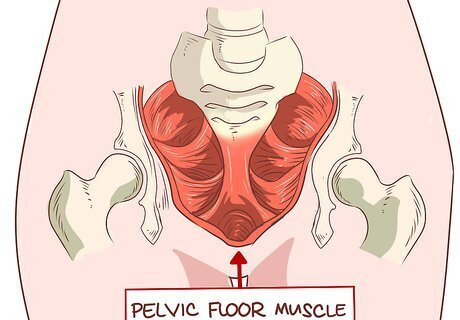
Identify your pelvic floor muscles. You might be unsure where your pelvic floor muscles, but identifying them is very easy. This can help ensure that you’re doing Kegel exercises properly and strengthen your pelvic muscles more effectively. The easiest way to find your pelvic muscles is by stopping urination midstream. If you successfully stop the flow of urine, you’ve identified your pelvic floor muscles. It may take you a couple of days to identify your pelvic muscles, but just keep trying and don’t get discouraged.

Empty your bladder. After you’ve identified your pelvic muscles, you’re ready to do Kegel exercises. You’ll need to empty your bladder to most effectively train your pelvic floor. Don’t use Kegels to start or stop your urine stream. This can weaken your pelvic floor muscles, cause further incontinence, and may increase your risk of a urinary tract infection.

Lie on your back. While you’re first getting the hang of doing Kegels, or if you’re having a hard time identifying your pelvic muscles, lie on your back. This can help you more effectively contract your pelvic floor muscles. Make sure to lie on your back only after you’ve completely emptied your bladder.
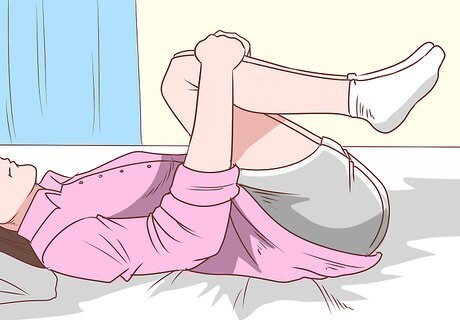
Contract your pelvic floor muscles. Either on your back or, if you’re a more advanced practitioner of Kegels, someplace else you choose, contract your pelvic muscles. Hold them for a count of five and then relax for a count of five. Pretend that you're pulling your pubic bone toward your tailbone. While you won't actually move either of these bones, you will engage your pelvic floor muscles in the process. Try four or five sets of Kegel exercises. Eventually work up to contracting your pelvic floor muscles for 10 seconds and then relaxing them for 10 seconds. Don’t hold your breath when you are contracting your muscles. Allow your breath to flow naturally.

Focus on contracting only your pelvic floor muscles. You might be tempted to tighten your abdominals, thigh or buttocks muscles, but you should focus on contracting only your pelvic floor muscles. This can help maximize your pelvic floor strengthening.
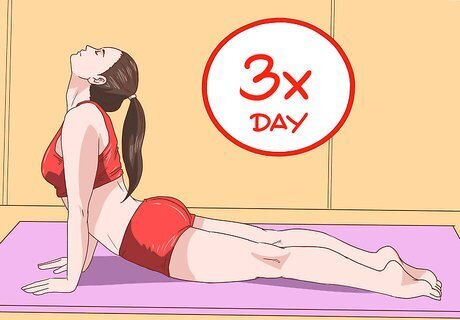
Practice Kegel exercise three times a day. Repeat your Kegel exercises at least three times a day. This can help you strengthen your pelvic floor muscles most effectively and help minimize incontinence. Work up to at least three sets of 10 repetitions a day.

Notice a stronger pelvic floor. If you practice your Kegels regularly, you should notice a stronger pelvic floor within a few months. You may also notice a decrease in how often you need to urinate.
Using Behavioral Techniques to Control Urination
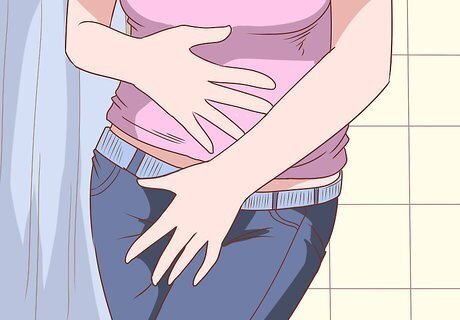
Train your bladder. Bladder training is a behavioral technique in which you delay urination following the urge to use the bathroom. This technique may help increase the length of time between trips to the bathroom. Start bladder training by holding off using the bathroom for five to 10 minutes after the urge to urinate strikes. Your goal should be to increase the time between bathroom trips to two to four hours.
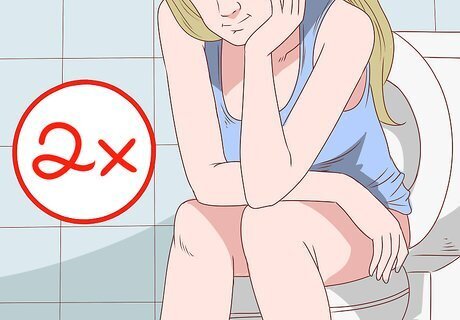
Try double voiding. Double voiding is a technique whereby you urinate twice in a short amount of time. This technique may help you empty your bladder and avoid so-called overflow incontinence. The most effective way to “double void” is to empty your bladder and then waiting a few minutes and trying to urinate again.

Schedule bathroom breaks. Waiting to urinate too long may exacerbate or cause incontinence. By scheduling regular bathroom breaks instead of waiting for the need to go, you may help strengthen your pelvic floor and control incontinence. Use the bathroom every two to four hours depending on how often you usually go and how much you drink. The more you drink, the more often you may need to use the bathroom.
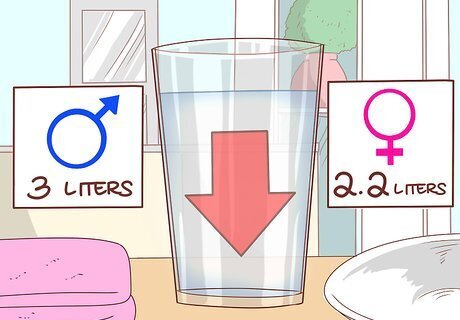
Drink fewer liquids. It’s important to get enough water to maintain hydration and your overall health. But drinking too much water isn’t good and may cause you to have to use the bathroom more often. Men should aim to drink about 13 8-ounce cups (3 liters) of fluid per day and women should drink about nine 8-ounce cups (2.2 litres). A good way to determine if you are properly hydrated is if your urine is a light yellow color in the toilet.
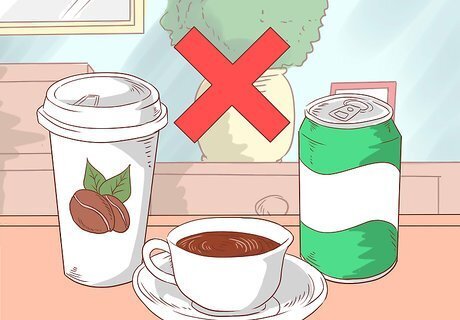
Limit foods and drinks that irritate the bladder. Certain foods and drinks may irritate or stimulate urination. By reducing your consumption of alcohol, caffeine, and acidic foods, you may help control your incontinence. Reduce your intake of coffee, caffeinated teas, sodas, and milk Try and eat less acidic foods such as tomatoes, citrus fruits, and nuts. Eating too many salty foods may require you to drink and urinate more often. Limit how much protein you eat because it requires the body to excrete certain by-products in your urine, making you have to go more frequently.
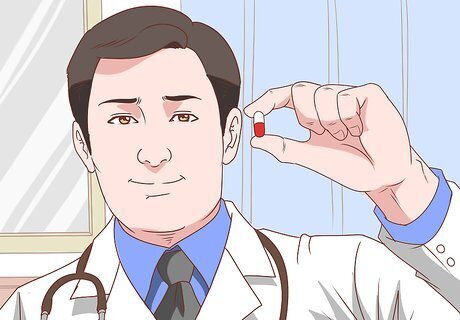
Take diuretics only when instructed by your doctor. Diuretics, which are sometimes called water pills, may make you have to urinate more often. If you are taking diuretics to treat high blood pressure, edema, kidney disorders, or diabetes insipidus (diabetes that causes frequent urination), talk to your doctor about alternative treatments. Be aware that if your doctor has prescribed diuretics, it may, in fact, be important for you to urinate frequently. Never discontinue prescribed medication without consulting your doctor first.
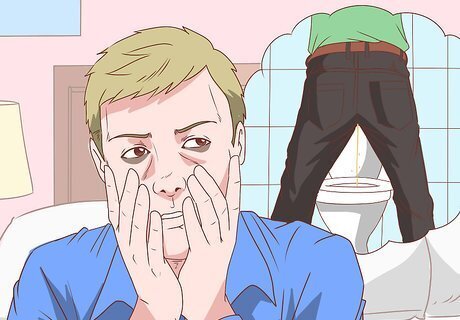
Recognize abnormal urination. Most people urinate every three to four hours during the day. If you find that you’re urinating more often than normal, see your doctor. Frequent urination is defined as needing to use the bathroom more often than you normally do. Frequently urination can happen during the day or at night. Frequent urination can affect your general health, well-being, as well as your ability to work and sleep.

See your doctor. If you are experiencing more frequent urination or incontinence, see your doctor. She can rule out other conditions such as a urinary tract infection, bladder stones, diabetes, prostate issues, and other more serious conditions. See your doctor if you frequent urination and/ or incontinence has no apparent cause, including drinking more liquids, alcohol, or caffeine. If you have any of the following signs, it’s also important to see your doctor: blood in your urine, red or dark brown urine, painful urination, pain in your side, difficulty urinating or emptying your bladder, an overwhelming urge to use the bathroom, and loss of bladder control. Keep a log of when you go to the bathroom. A precise diary, which need not cover a great span of time, may help your doctor understand your problem.














Comments
0 comment